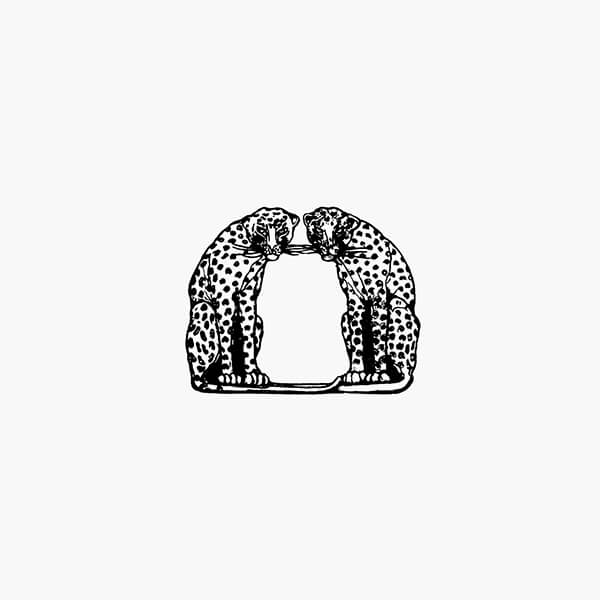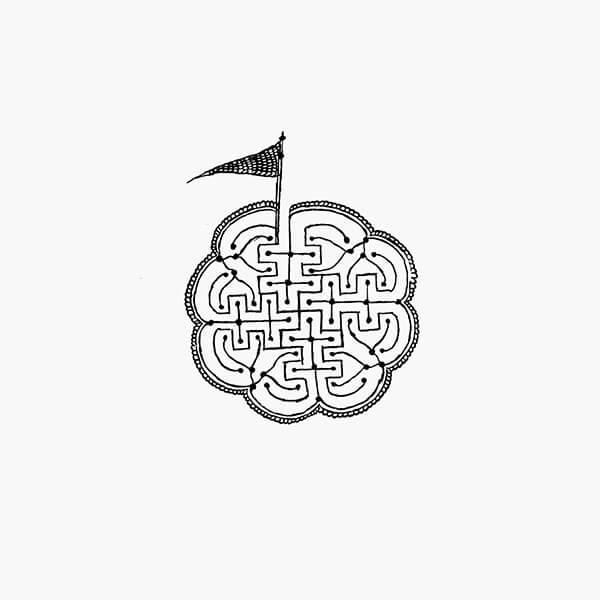



























Miscellany
2004 Mattioli
Texts by Vittorio Sgarbi, Marco Vallora, Marzio Dall’Acqua, Enzo Bianchi
2017 / 232 PAGES
With a selection of the finest results, the book highlights the extraordinary reproductions of the works by Carlo Mattioli, while preserving the seductive and elusive air of a nature prone to seclusion and contemplation.
According to the Orientals, there is a form of meditation (dhiana in Sanskrit) which is practiced by focussing on a natural or man-made object; it is the silence, the tranquillity of this form of meditation that can be found in the works of Carlo Mattioli, as in the works of Giorgio Morandi. Mattioli was born in Modena in 1911 and spent the rest of his life in Parma. Today, he appears as one of the most important figures in the history of Italian art of the second half of the 20th century. He worked on many series: the Trees, Walls, Pine woods, Skies, the white shapes of the Apuan Alps...
Mattioli was an essential, contemplative artist but fascinating in his austerity. His painting bordered on synaesthesia, somehow capturing scents, material, atmosphere, but drawing on strong literary inspirations from poets and writers he frequented, such as Luzi, Bertolucci, Testori and Garboli. A result of the commitment of the Mattioli Archives, the complete catalogue of his paintings has been compiled; the parallel project by Franco Maria Ricci is this volume, which contains a careful selection of the most beautiful oil paintings by Mattioli, in full page reproductions.
Il prodigio di Mattioli è in questo mirabile equilibrio tra figurazione e astrazione, senza mai sbilanciarsi. Dune di sabbia, nelle morbide forme, appaiono i suoi nudi. Intersecazioni geometriche le sue nature morte, senza rimpianti per il cubismo vintage, ma ricreazione di volumi, in una dimensione psicologica, in cui agisce la memoria delle forme plastiche di Manzù.
Vittorio Sgarbi